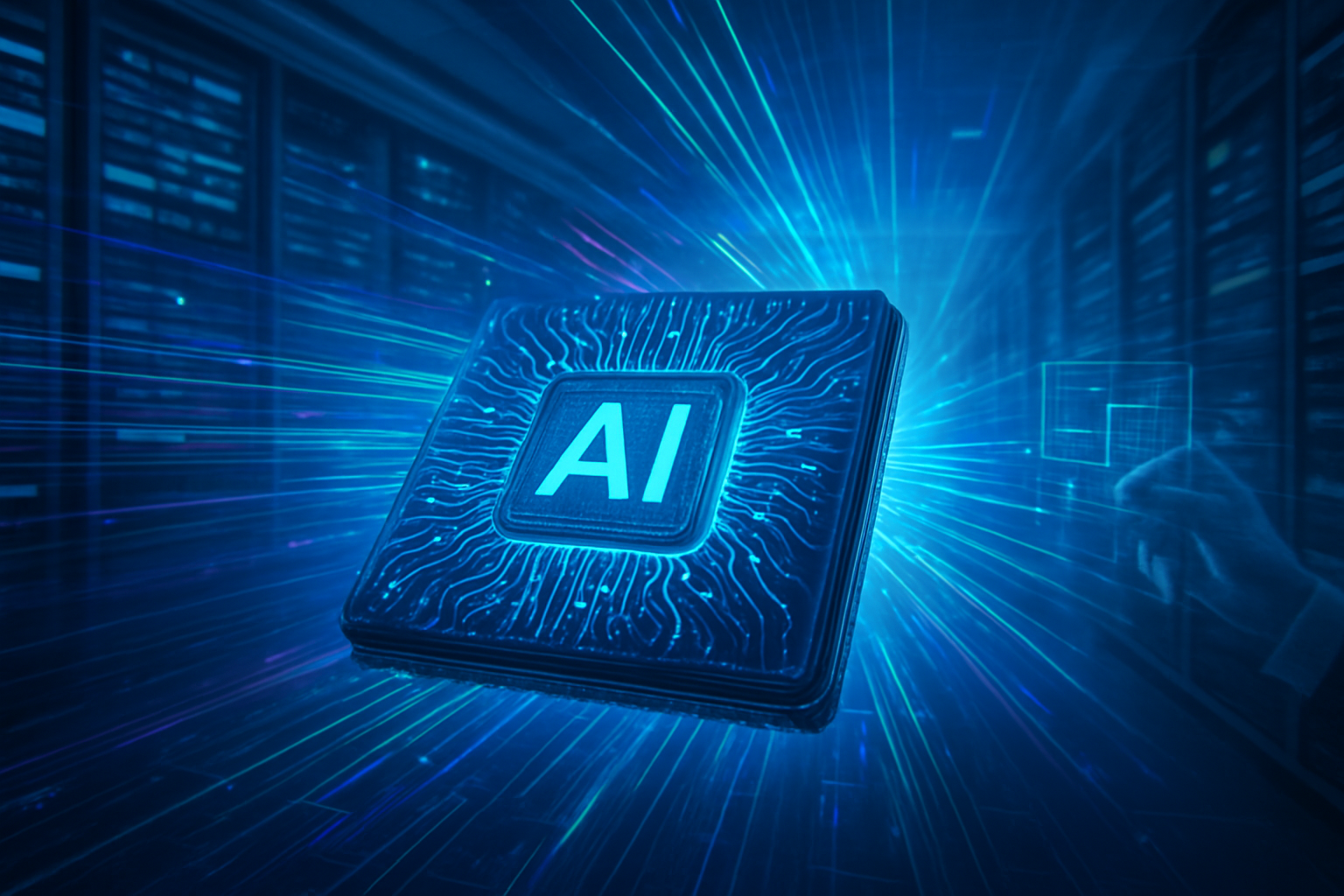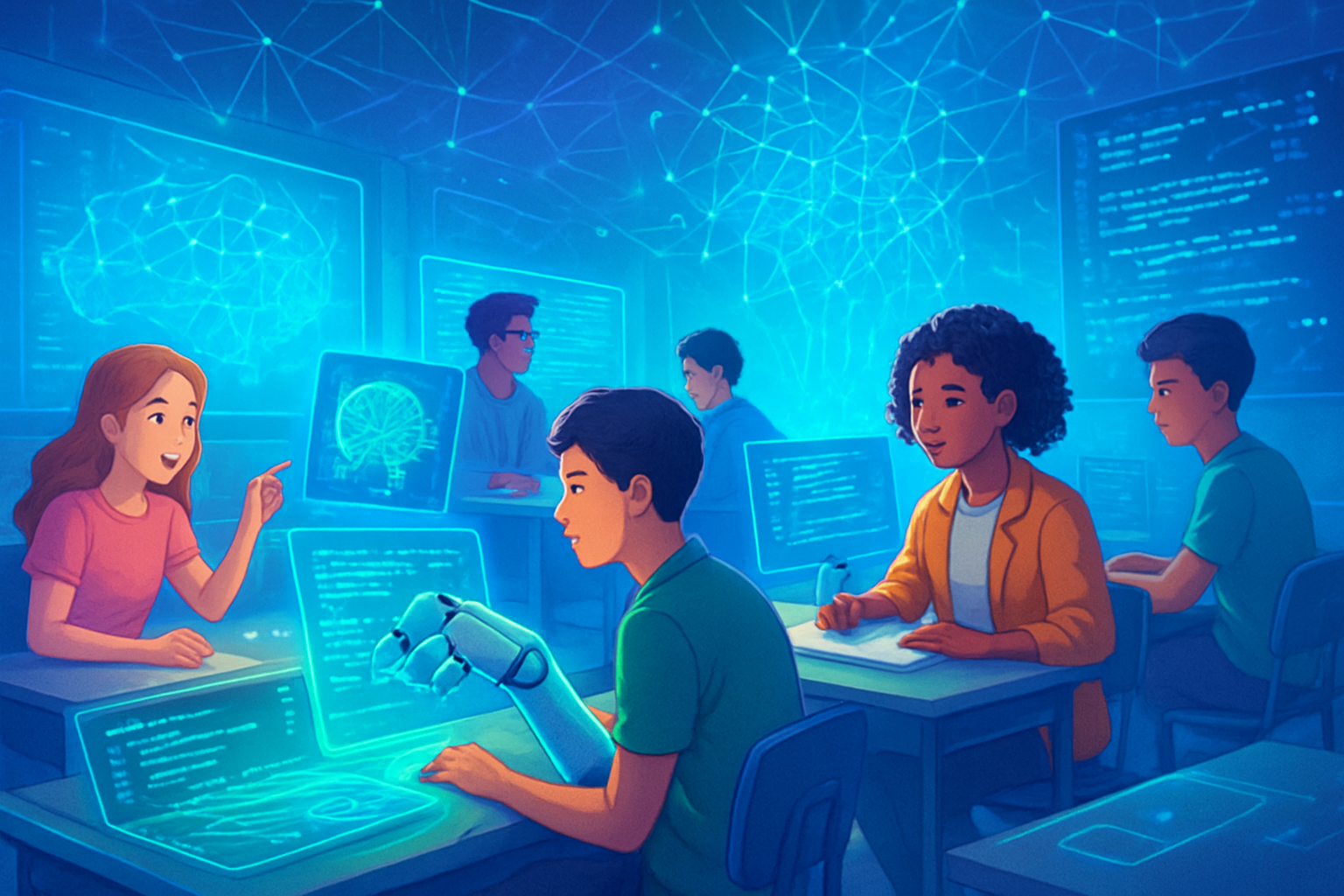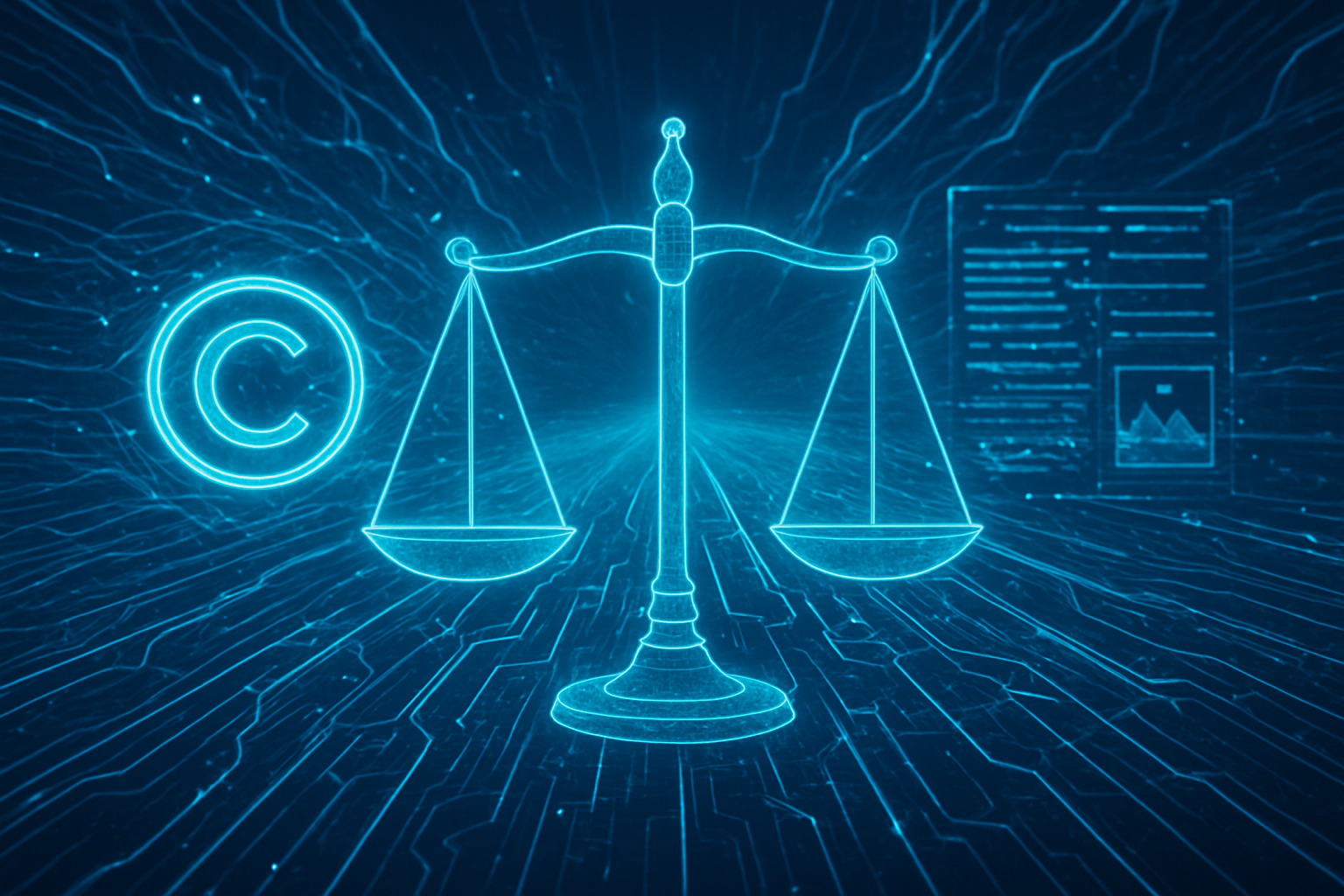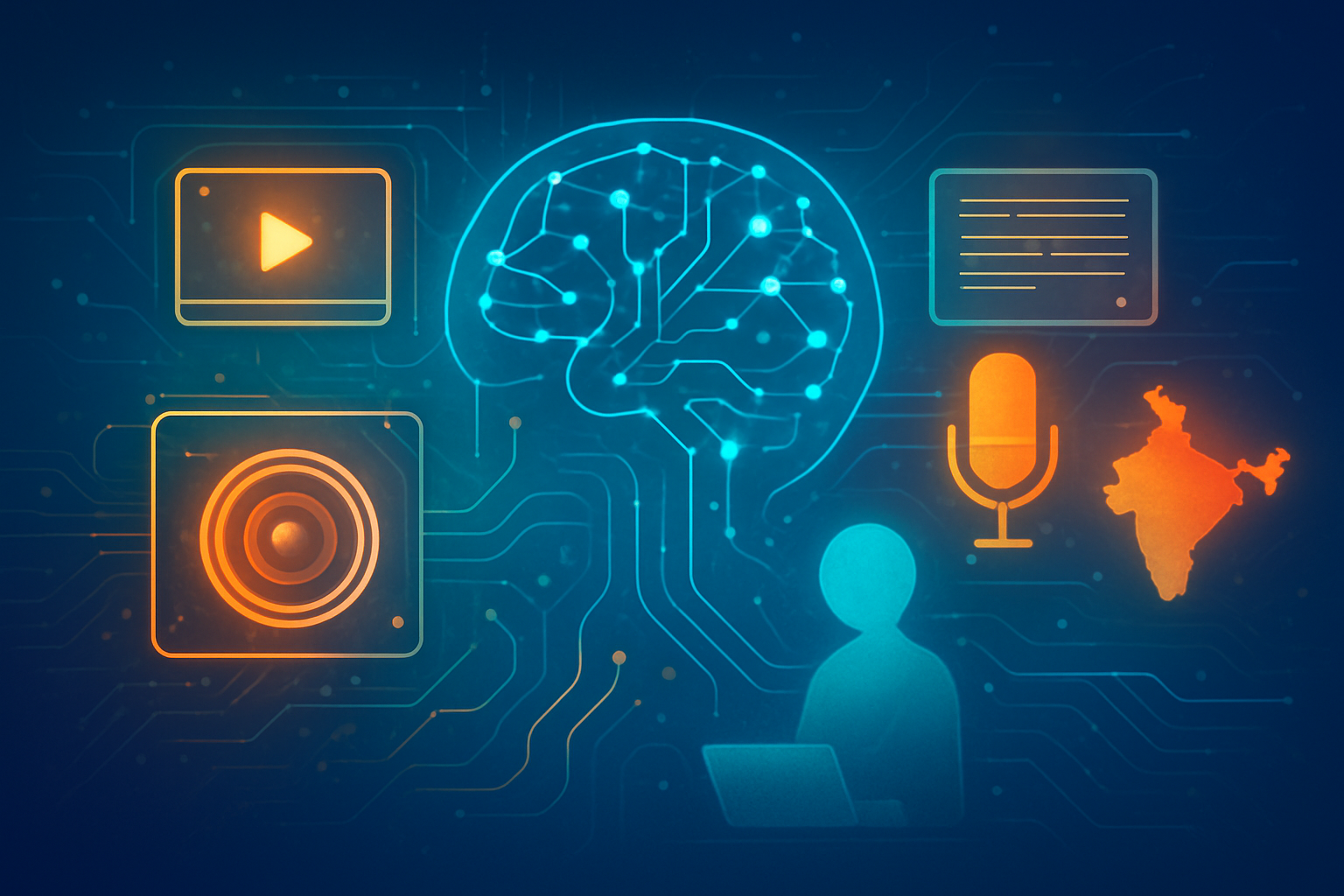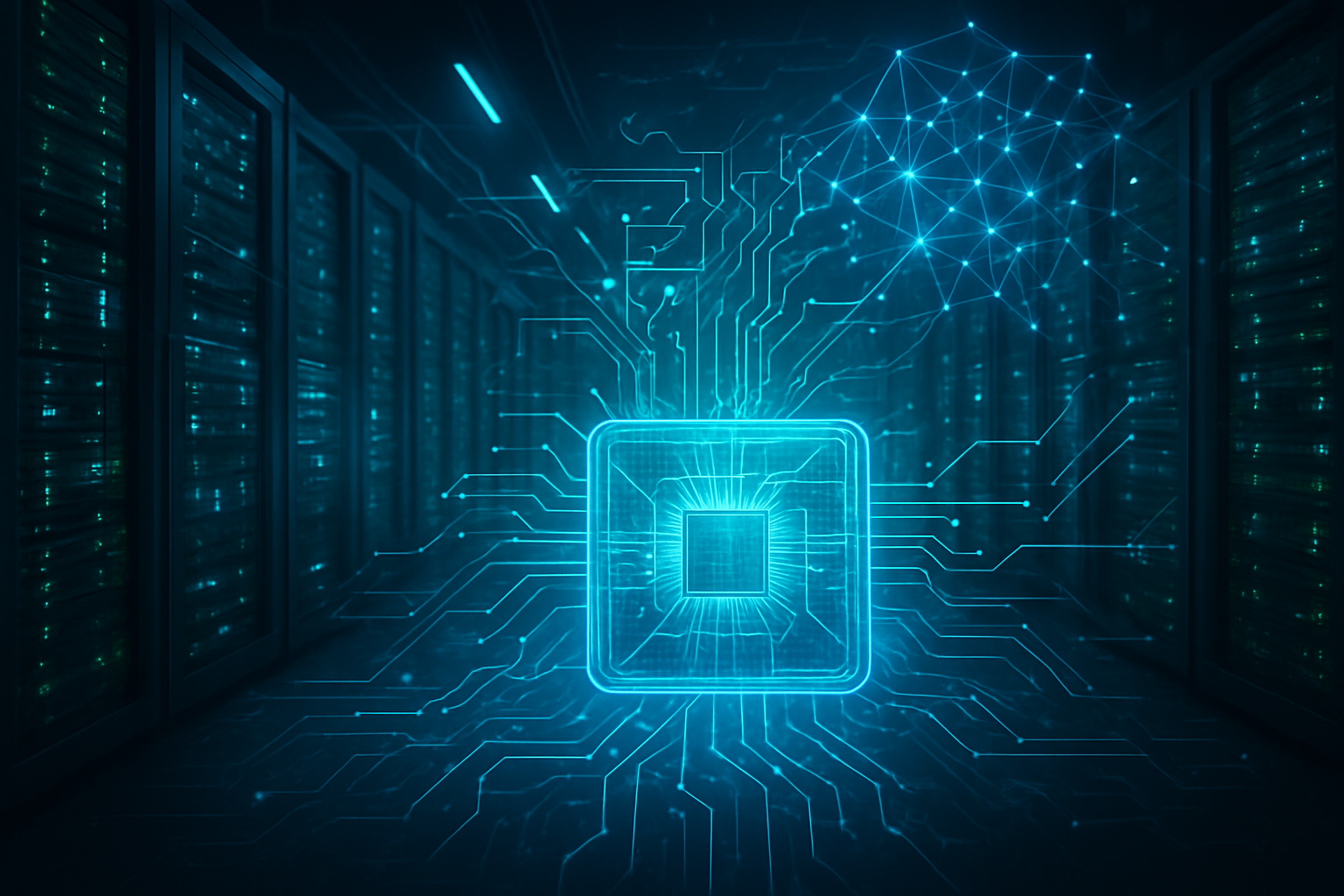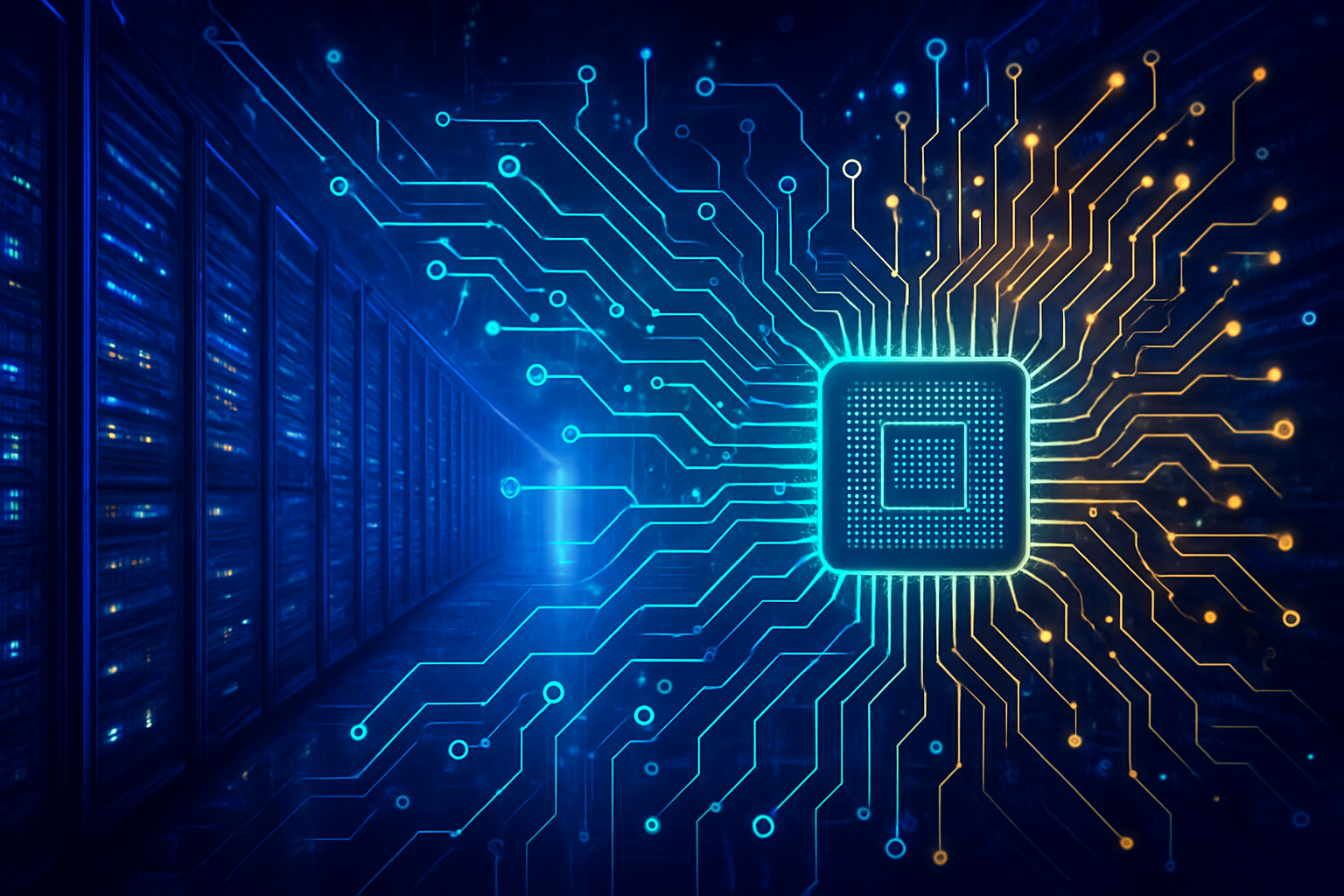In a significant move poised to reshape the landscape of artificial intelligence infrastructure, Google (NASDAQ: GOOGL) today, November 20, 2025, officially inaugurated its largest AI infrastructure hardware engineering center outside of the United States. Located in Taipei, Taiwan, this state-of-the-art multidisciplinary hub represents a monumental strategic investment, designed to accelerate the development and deployment of next-generation AI chips and server technologies that will power Google's global services and cutting-edge AI innovations, including its Gemini platform.
The establishment of this new center, which builds upon Google's existing and rapidly expanding presence in Taiwan, underscores the tech giant's deepening commitment to leveraging Taiwan's unparalleled expertise in semiconductor manufacturing and its robust technology ecosystem. By bringing critical design, engineering, and testing capabilities closer to the world's leading chip foundries, Google aims to drastically reduce the development cycle for its advanced Tensor Processing Units (TPUs) and associated server infrastructure, promising to shave off up to 45% of deployment time for some projects. This strategic alignment not only strengthens Google's competitive edge in the fiercely contested AI race but also solidifies Taiwan's crucial role as a global powerhouse in the AI supply chain.
Engineering the Future of AI: Google's Deep Dive into Custom Silicon and Server Design
At the heart of Google's new Taipei facility lies a profound commitment to pioneering the next generation of AI infrastructure. The center is a multidisciplinary powerhouse dedicated to the end-to-end lifecycle of Google's proprietary AI chips, primarily its Tensor Processing Units (TPUs). Engineers here are tasked with the intricate design and rigorous testing of these specialized Application-Specific Integrated Circuits (ASICs), which are meticulously crafted to optimize neural network machine learning using Google's TensorFlow software. This involves not only the fundamental chip architecture but also their seamless integration onto motherboards and subsequent assembly into high-performance servers designed for massive-scale AI model training and inference.
A notable strategic evolution revealed by this expansion is Google's reported partnership with Taiwan's MediaTek (TWSE: 2454) for the design of its seventh-generation TPUs, with production slated for the coming year. This marks a significant departure from previous collaborations, such as with Broadcom (NASDAQ: AVGO), and is widely seen as a move to leverage MediaTek's strong ties with Taiwan Semiconductor Manufacturing Company (TWSE: 2330, NYSE: TSM) (TSMC) and potentially achieve greater cost efficiencies. This shift underscores Google's proactive efforts to diversify its supply chain and reduce reliance on third-party AI chip providers, such as NVIDIA (NASDAQ: NVDA), by cultivating a more self-sufficient AI hardware ecosystem. Early job postings for the Taiwan facility, seeking "Graduate Silicon Engineer" and "Tensor Processing Unit designer," further emphasize the center's deep involvement in core chip design and ASIC development.
This intensified focus on in-house hardware development and its proximity to Taiwan's world-leading semiconductor ecosystem represents a significant departure from previous approaches. While Google has maintained a presence in Taiwan for years, including an Asia-Pacific data center and consumer electronics hardware development for products like Pixel, Fitbit, and Nest, this new center centralizes and elevates its AI infrastructure hardware strategy. The co-location of design, engineering, manufacturing, and deployment resources is projected to dramatically "reduce the deployment cycle time by up to 45% on some projects," a critical advantage in the fast-paced AI innovation race. The move is also interpreted by some industry observers as a strategic play to mitigate potential supply chain bottlenecks and strengthen Google's competitive stance against dominant AI chipmakers.
Initial reactions from both the AI research community and industry experts have been overwhelmingly positive. Taiwanese President Lai Ching-te lauded the investment as a "show of confidence in the island as a trustworthy technology partner" and a "key hub for building secure and trustworthy AI." Aamer Mahmood, Google Cloud's Vice President of Platforms Infrastructure Engineering, echoed this sentiment, calling it "not just an investment in an office, it's an investment in an ecosystem, a testament to Taiwan's place as an important center for global AI innovation." Experts view this as a shrewd move by Google to harness Taiwan's unique "chipmaking expertise, digital competitiveness, and trusted technology ecosystem" to further solidify its position in the global AI landscape, potentially setting new benchmarks for AI-oriented hardware.
Reshaping the AI Landscape: Competitive Implications and Strategic Advantages
Google's (NASDAQ: GOOGL) ambitious expansion into AI hardware engineering in Taiwan sends a clear signal across the tech industry, poised to reshape competitive dynamics for AI companies, tech giants, and startups alike. For Google, this strategic move provides a formidable array of advantages. The ability to design, engineer, manufacture, and deploy custom AI chips and servers within Taiwan's integrated technology ecosystem allows for unprecedented optimization. This tight integration of hardware and software, tailored specifically for Google's vast AI workloads, promises enhanced performance, greater efficiency for its cloud services, and a significant acceleration in development cycles, potentially reducing deployment times by up to 45% on some critical projects. Furthermore, by taking greater control over its AI infrastructure, Google bolsters its supply chain resilience, diversifying operations outside the U.S. and mitigating potential geopolitical risks.
The competitive implications for major AI labs and tech companies are substantial. Google's deepened commitment to in-house AI hardware development intensifies the already heated competition in the AI chip market, placing more direct pressure on established players like NVIDIA (NASDAQ: NVDA). While NVIDIA's GPUs remain central to the global AI boom, the trend of hyperscalers developing their own silicon suggests a long-term shift where major cloud providers aim to reduce their dependence on third-party hardware. This could prompt other cloud giants, such as Microsoft (NASDAQ: MSFT), Amazon (NASDAQ: AMZN), and Meta (NASDAQ: META), who also rely heavily on Taiwanese assemblers for their AI server infrastructure, to re-evaluate their own strategies, potentially leading to increased in-house R&D or even closer partnerships with Taiwanese manufacturers to secure critical resources and talent.
Taiwan's robust tech ecosystem stands to be a primary beneficiary of Google's investment. Companies like Taiwan Semiconductor Manufacturing Company (TWSE: 2330, NYSE: TSM) (TSMC), the world's largest contract chipmaker, will continue to be crucial for producing Google's advanced TPUs. Additionally, Taiwanese server manufacturers, such as Quanta Computer Inc. (TWSE: 2382), a leading supplier for AI data centers, and various component suppliers specializing in power solutions (e.g., Delta Electronics Inc. (TWSE: 2308)) and cooling systems (e.g., Asia Vital Components Co. (TWSE: 3016)), are poised for increased demand and collaboration opportunities. This influx of investment also promises to foster growth in Taiwan's highly skilled engineering talent pool, creating hundreds of new jobs in hardware engineering and AI infrastructure.
While Google's custom hardware could lead to superior performance-to-cost ratios for its own AI services, potentially disrupting its reliance on commercially available AI accelerators, the impact on startups is more nuanced. Local Taiwanese startups specializing in niche AI hardware components or advanced manufacturing techniques may find new opportunities for partnerships or investment. However, startups directly competing with Google's in-house AI hardware efforts might face a formidable, vertically integrated competitor. Conversely, those building AI software or services that can leverage Google's rapidly advancing and optimized infrastructure may discover new platforms for innovation, ultimately benefiting from the increased capabilities and efficiency of Google's AI backend.
A New Nexus in the Global AI Ecosystem: Broader Implications and Geopolitical Undercurrents
Google's (NASDAQ: GOOGL) establishment of its largest AI infrastructure hardware engineering center outside the U.S. in Taiwan is more than just a corporate expansion; it represents a pivotal moment in the broader AI landscape, signaling a deepening commitment to specialized hardware and solidifying Taiwan's indispensable role in the global tech supply chain. This move directly addresses the escalating demand for increasingly sophisticated and efficient hardware required to power the booming AI industry. By dedicating a multidisciplinary hub to the engineering, development, and testing of AI hardware systems—including the integration of its custom Tensor Processing Units (TPUs) onto motherboards and servers—Google is firmly embracing a vertical integration strategy. This approach aims to achieve greater control over its AI infrastructure, enhance efficiency, reduce operational costs, and strategically lessen its dependence on external GPU suppliers like NVIDIA (NASDAQ: NVDA), a critical dual-track strategy in the ongoing AI hardware showdown.
The impacts of this center are far-reaching. For Google, it significantly strengthens its internal AI capabilities, enabling accelerated innovation and deployment of its AI models, such as Gemini, which increasingly leverage its own TPU chips. For Taiwan, the center elevates its status beyond a manufacturing powerhouse to a high-value AI engineering and innovation hub. Taiwanese President Lai Ching-te emphasized that the center highlights Taiwan as a "key hub for building secure and trustworthy AI," reinforcing its engineering talent and attracting further high-tech investment. Across the broader AI industry, Google's successful TPU-first strategy could act as a catalyst, fostering more competition in AI hardware and potentially leading other tech giants to pursue similar custom AI hardware solutions, thus diversifying the industry's reliance on a single type of accelerator. Moreover, this investment reinforces the deep technological partnership between the United States and Taiwan, positioning Taiwan as a secure and trustworthy alternative for AI technology development amidst rising geopolitical tensions with China.
Despite the overwhelmingly positive outlook, potential concerns warrant consideration. Taiwan's strategic value in the tech supply chain is undeniable, yet its geopolitical situation with China remains a precarious factor. Concentrating critical AI hardware development in Taiwan, while strategically sound from a technical standpoint, could expose global supply chains to resilience challenges. This concern is underscored by a broader trend among U.S. cloud giants, who are reportedly pushing Taiwanese suppliers to explore "twin-planting" approaches, diversifying AI hardware manufacturing closer to North America (e.g., Mexico) to mitigate such risks, indicating a recognition of the perils of over-reliance on a single geographic hub. It is important to note that while the vast majority of reports from November 2025 confirm the inauguration and expansion of this center, a few isolated, potentially anomalous reports from the same date mentioned Google ceasing or discontinuing major AI infrastructure investment in Taiwan; however, these appear to be misinterpretations given the consistent narrative of expansion across reputable sources.
This new center marks a significant hardware-centric milestone, building upon and enabling future AI breakthroughs, much like the evolution from general-purpose CPUs to specialized GPUs for parallel processing. Google has a long history of hardware R&D in Taiwan, initially focused on consumer electronics like Pixel phones since acquiring HTC's smartphone team in 2017. This new AI hardware center represents a profound deepening of that commitment, shifting towards the core AI infrastructure that underpins its entire ecosystem. It signifies a maturing phase of AI where specialized hardware is paramount for pushing the boundaries of model complexity and efficiency, ultimately serving as a foundational enabler for Google's next generation of AI software and models.
The Road Ahead: Future Developments and AI's Evolving Frontier
In the near term, Google's (NASDAQ: GOOGL) Taiwan AI hardware center is poised to rapidly become a critical engine for the development and rigorous testing of advanced AI hardware systems. The immediate focus will be on accelerating the integration of specialized AI chips, particularly Google's Tensor Processing Units (TPUs), onto motherboards and assembling them into high-performance servers. The strategic co-location of design, engineering, manufacturing, and deployment elements within Taiwan is expected to drastically reduce the deployment cycle time for some projects by up to 45%, enabling Google to push AI innovations to its global data centers at an unprecedented pace. The ongoing recruitment for hundreds of hardware engineers, AI infrastructure specialists, and manufacturing operations personnel signals a rapid scaling of the center's capabilities.
Looking further ahead, Google's investment is a clear indicator of a long-term commitment to scaling specialized AI infrastructure globally while strategically diversifying its operational footprint beyond the United States. This expansion is seen as an "investment in an ecosystem," designed to solidify Taiwan's status as a critical global hub for AI innovation and a trusted partner for developing secure and trustworthy AI. Google anticipates continuous expansion, with hundreds more staff expected to join the infrastructure engineering team in Taiwan, reinforcing the island's indispensable link in the global AI supply chain. The advanced hardware and technologies pioneered here will continue to underpin and enhance Google's foundational products like Search and YouTube, as well as drive the cutting-edge capabilities of its Gemini AI platform, impacting billions of users worldwide.
However, the path forward is not without its challenges, primarily stemming from the complex geopolitical landscape surrounding Taiwan, particularly its relationship with China. The Taiwanese government has explicitly advocated for secure and trustworthy AI partners, cautioning against Chinese-developed AI systems. This geopolitical tension introduces an element of risk to global supply chains and underscores the motivation for tech giants like Google to diversify their operational bases. It's crucial to acknowledge a conflicting report, published around the same time as the center's inauguration (November 20, 2025), which claimed the closure of Google's "largest AI infrastructure hardware engineering center outside the United States, located in Taiwan," citing strategic realignment and geopolitical tensions in late 2024. However, the overwhelming majority of current, reputable reports confirm the recent opening and expansion of this facility, suggesting the contradictory report may refer to a different project, be speculative, or contain outdated information, highlighting the dynamic and sometimes uncertain nature of high-tech investments in politically sensitive regions.
Experts widely predict that Taiwan will continue to solidify its position as a central and indispensable player in the global AI supply chain. Google's investment further cements this role, leveraging Taiwan's "unparalleled combination of talent, cost, and speed" for AI hardware development. This strategic alignment, coupled with Taiwan's world-class semiconductor manufacturing capabilities (like TSMC (TWSE: 2330, NYSE: TSM)) and expertise in global deployment, positions the island to be a critical determinant of the pace and direction of the global AI boom, projected to reach an estimated US$1.3 trillion by 2032. Analysts foresee other major U.S. tech companies following suit, increasing their investments in Taiwan to tap into its highly skilled engineering talent and robust ecosystem for building advanced AI systems.
A Global Hub for AI Hardware: Google's Strategic Vision Takes Root in Taiwan
Google's (NASDAQ: GOOGL) inauguration of its largest AI infrastructure hardware engineering center outside of the United States in Taipei, Taiwan, marks a watershed moment, solidifying the island's pivotal and increasingly indispensable role in global AI development and supply chains. This strategic investment is not merely an expansion but a profound commitment to accelerating AI innovation, promising significant long-term implications for Google's global operations and the broader AI landscape. The multidisciplinary hub, employing hundreds of engineers, is set to become the crucible for integrating advanced chips, including Google's Tensor Processing Units (TPUs), onto motherboards and assembling them into the high-performance servers that will power Google's global data centers and its suite of AI-driven services, from Search and YouTube to the cutting-edge Gemini platform.
This development underscores Taiwan's unique value proposition: a "one-stop shop for AI-related hardware," encompassing design, engineering, manufacturing, and deployment. Google's decision to deepen its roots here is a testament to Taiwan's unparalleled chipmaking expertise, robust digital competitiveness, and a comprehensive ecosystem that extends beyond silicon to include thermal management, power systems, and optical interconnects. This strategic alignment is expected to drive advancements in energy-efficient AI infrastructure, building on Google's existing commitment to "green AI data centers" in Taiwan, which incorporate solar installations and water-saving systems. The center's establishment also reinforces the deep technological partnership between the U.S. and Taiwan, positioning the island as a secure and trustworthy alternative for AI technology development amidst global geopolitical shifts.
In the coming weeks and months, the tech world will be closely watching several key indicators. We anticipate further announcements regarding the specific AI hardware developed and tested in Taipei and its deployment in Google's global data centers, offering concrete insights into the center's immediate impact. Expect to see expanded collaborations between Google and Taiwanese manufacturers for specialized AI server components, reflecting the "nine-figure volume of orders" for locally produced components. The continued talent recruitment and growth of the engineering team will signal the center's operational ramp-up. Furthermore, any shifts in geopolitical or economic dynamics related to China's stance on Taiwan, or further U.S. initiatives to strengthen supply chains away from China, will undoubtedly highlight the strategic foresight of Google's significant investment. This landmark move by Google is not just a chapter but a foundational volume in the unfolding history of AI, setting the stage for future breakthroughs and solidifying Taiwan's place at the epicenter of the AI hardware revolution.
This content is intended for informational purposes only and represents analysis of current AI developments.
TokenRing AI delivers enterprise-grade solutions for multi-agent AI workflow orchestration, AI-powered development tools, and seamless remote collaboration platforms.
For more information, visit https://www.tokenring.ai/.
